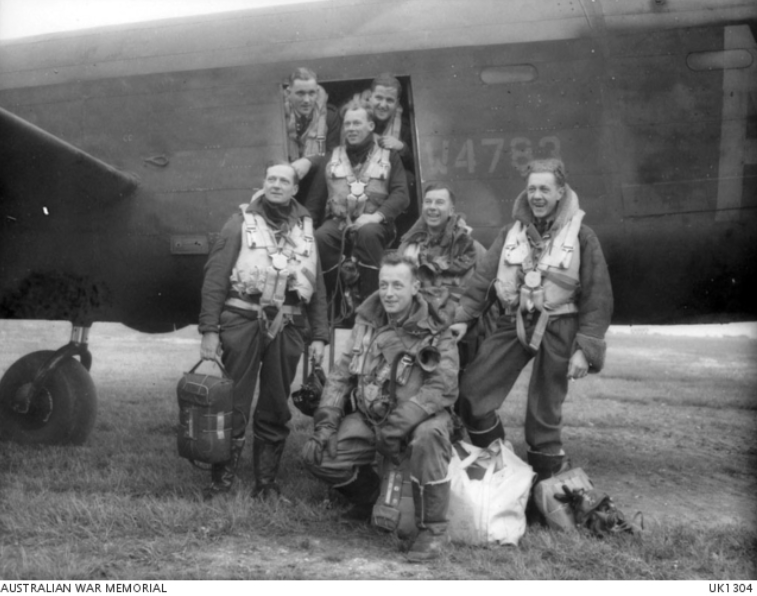
The Crew, based on interviews with Ken Cook, the crew's sole surviving member, recounts the wartime exploits of the members of an Avro Lancaster crew between 1942 and the war's end. But it provides only a partial picture.A moving tribute to the sacrifice and bravery of the fliers of RAF Bomber Command. With his readable style and impressive credentials, Nichol is certain to have another winner with this book. Nor is there much about the fraught politics of strategic bombing or the arguments about using fast Mosquito fighter bombers instead of Lancasters. While long passages are devoted to the ordeal of airmen as prisoners of war, the Dam Busters raid is dealt with in a few brief, uninformative paragraphs. Similarly, he skates over the fascinating story of how the prototype evolved from the twin-engined Avro Manchester, which had a requirement to carry torpedoes, hence the Lancaster’s gigantic bomb bay. Nichol has hardly anything to say about Roy Chadwick, the visionary Avro designer of the bomber. But there are too many holes to be ignored. Having written my own history of the Lancaster a decade ago, I am naturally wary of making such a judgment. It is more a collection of personal reminiscences than a coherent narrative about the plane. Yet in the face of mortal danger the airmen showed astonishing courage, with only a tiny fraction cracking under pressure.īut for all the power of Nichol’s prose, I found this an unsatisfactory, unbalanced book.

Just as colossal was the death toll of Lancaster crews, who had only a 40 per cent chance of surviving the war unscathed - a higher casualty rate even than that of British soldiers on the Western Front. It took 640,000 yards of concrete to surface one heavy bomber runway. The evolution of navigational aids, such as the H2S ground-mapping device, is equally well covered.Įverything about the Lancaster was large - from the size of the four-engined bomber itself to the vast factories that built them and the expansive airfields that housed their squadrons. Nichol is also interesting on some of the operational details, such as the unpleasantness of the on board Elsan toilets or the rule that all Lancasters should carry pigeons so that, in the event of a crash landing or sea-ditching, a message could be conveyed back to England. As they carried their deadly ten-ton cargo of bombs towards their targets, the planes, with their seven-man crews, were in constant danger of attack from Luftwaffe night fighters or anti-aircraft fire, particularly when they were suddenly caught in the glare of the massive German searchlights. ‘I can relate to the fear, exhilaration, and desperation of battle,’ writes Nichol, and this understanding helps him paint a vivid picture of the atmosphere inside the cramped interior of a Lancaster during the campaign.


Where this book excels is in the gripping descriptions of the raids over Germany. ‘There was no glamour in what we did - a long, cold ride, spending eight or nine hours in the darkness, shot at and bound to a rigid flight plan,’ recalled one Lancaster airman. The heavy bomber’s most important missions were conducted by night over the hostile territory of the Reich. The elegant fighter’s greatest exploits took place over southern England against a backdrop of blue skies. The Spitfire’s central role was to provide protection, the Lancaster’s to inflict destruction. Where the Spitfire was a dashing rapier, the Lancaster was a mighty broadsword. Now he turns his attention to a very different, but equally iconic, British plane: the Avro Lancaster bomber.


 0 kommentar(er)
0 kommentar(er)
